
They Kangayam cattle are a traditional draft animal in India. They are a small to medium sized cattle breed with the bulls have a large hump between their shoulders which is less prominent on the females of the species.
KANGAYAM BREED OF CATTLE QUICK PROFILE OVERVIEW
|
|
|---|---|
| The Kangayam breed of cattle is much like that of the Mysore type of cattle and have been bred in India for generations | |
| Country of Origin: | India |
| Other Names: | Kongu, Kanganad, and Kangeyam |
| Main Purpose: | Draft and sport |
| You may Also Like: | 35 Best Cattle Breeds for Milk – Dairy Cattle |
| You may Also Like: | 47 Best Cattle Breeds for Meat – Beef Cattle |
| Can be used for | Breed, Milk, Draft and sport |
| Ideal Climate: | Heat, Cold, Most Climates |
| Conservation Status: |
Not listed by the *ALC Status/Rarity: FAO – breeds numbers are declining due to poor government support of indigenous breeds |
| Health Issues? | No known health issues |
| Good Starter Cattle? | Novice to intermediate Cattle farmer/keeper level |
| Cattle Associations: | Senaapathy Kangayam Cattle Research Foundation |
| Cattle Clubs: | Please refer to The Senaapathy Kangayam Cattle Research Foundation for more information n the Kangayam cattle breed |
| Where to buy them? | Please refer to The Senaapathy Kangayam Cattle Research Foundation for more information n the Kangayam cattle breed |
| Child Friendly? | Livestock should not be left unattended around unsupervised children |
| General Information: | Kangayam cattle are highly prized draft animals in India. They are used in agriculture and for the pulling of carts.
Kangayam bulls are also used in a traditional sport called Jallikattu. The bull is set loose in a large crowd of people. A person then tries to grab hold of the bull for as long as they can or until the bull comes to a stop. Sometimes they have to try and remove flags that have been placed on the horns of the bull. Jallikattu is typically played annually in January as part of the Pongal celebrations. It is typically practiced in the Indian state of Tamil Nadu. There has been many injuries and death to both people and bull whilst playing Jallikattu. Animal rights organizations have for years trying to shut the sport down due to cruelty to the animals forced into the sport. |
| Note: *ALC stands for American Livestock Conservancy | |
PHYSICAL CHARACTERISTICS |
||||||||||||||||||||||||||||||||
|---|---|---|---|---|---|---|---|---|---|---|---|---|---|---|---|---|---|---|---|---|---|---|---|---|---|---|---|---|---|---|---|---|
| The Kanayam cattle breed are not the largest of cattle breed and generally come in either a medium or large framed variety. The female has a lithe well proportioned and round body with a small hump between her shoulder blades. The males are stockier and heavier with a larger more defined hump on their backs. The male’s legs are also stockier and more muscled than the females more delicate long legs. Their ears are long and tubular with a medium sized long face and well-defined forehead. | ||||||||||||||||||||||||||||||||
| Size: | Small to medium | |||||||||||||||||||||||||||||||
|
||||||||||||||||||||||||||||||||
COW BREEDING & MILKING INFORMATION |
|
|---|---|
| Most Cattle produce milk but not all of them are used in the dairy Cattle capacity for their milk. Cows only calve once a year and should have 12 to 14-month inter-calving cycle. The Kangayam cattle are very good mothers that are protective over their young showing great maternal instincts. They have easy births with not many birthing problems and are quite fertile. They are not the best of milkers but their milk is used as it is used as it has a high nutritional value with no bad fat. | |
| Breeding Period/cycle: | Usually lasts 6 to 24 hours Most ave. 12 to 16 hours Cows usually come on heat every 21 days. |
| Estrous cycle: | Ave. 17 days to 24 days Heifer – usually ave. 20 days Cows – usually ave. 21 days |
| Gestation Period: | Usually, around 279 to 287 days but most gestation is 283 days. Cows that are carrying bull calf’s their gestation period is usually a little longer than cows that are carrying heifer calves. |
| No. Calves/Litter: | 1 calf at a time. Cows rarely have twins or triplets, but it can happen |
| Lactation Period: | Cows lactation period can last for up to about 10 months (305) days. |
| Milking From: | 1 to 6 weeks after Calving |
| Drying off Period: | The cow should have a 12 to 14-month inter-calving cycle. Drying off period for around 60 days before she can calve again. |
| Milk Quality: |
Good, Butterfat = 3.9% Quantity: 540 kgs Per: Lactation period |
| Milk Ideal for: | Calves, drinking, and various other dairy products |
| You may Also Like: | 35 Best Cattle Breeds for Milk – Dairy Cattle |
CATTLE MEAT PRODUCTION INFORMATION |
||||||||
|---|---|---|---|---|---|---|---|---|
| Most Cattle breeds can be used for meat and produce an acceptable quality of meat. The Kangayam cattle breed are not used for their meat production. | ||||||||
| Meat Production? | N/A | |||||||
|
||||||||
| You may Also Like: | 47 Best Cattle Breeds for Meat – Beef Cattle | |||||||
CATTLE SKIN PRODUCTION INFORMATION |
||||||||
|---|---|---|---|---|---|---|---|---|
| Most meat Cattle will have a skin by-product, and these are usually used in some form or just as a hide. The Kangayam cattle breed are not used for leather production | ||||||||
| Skin Production? | N/A | |||||||
| Skin is used to Produce: | Calf/cow skin leather products such as shoes, car seats, fine leather coats, gloves, handbags, belts, furniture, rugs, etc. | |||||||
|
||||||||
HISTORY
There is not much information on the history of the Kanagyam cattle breed from India. They originate from Tamil Nadu and are a very well-known draft animal and used for the traditional sport of Jallikattu due to its aggressive nature.
They have been used for generations as working cattle as they are well known for the sturdiness and power in agricultural processes.
They are also extensively used for hauling various items such as soil, wood, etc.
The Kanagyam are very adaptive breed and are well adapted to drought-prone areas thriving on unconventional feeds. Such as various species of low fodder, neem, and palmyra. They are also quite a disease resistant with a low metabolic rate, low body mass index, and low water requirement. They have a high-stress resilience and heat tolerance able to easily adapt to climatic change.
The name Kangayam is derived from Kanagyam Emperor in Kongunadu.
Video
USEFUL LINKS
- Purebred Dairy Cattle Association
- American Dairy Association
- National Association of Animal Breeders
- American Dairy Science Association
- United States Cattlemen’s Association
- National Cattlemen’s Beef Association
- American National Cattlewomen
- Beef Cattle Breed Associations
- National Cattlemen’s Beef Association
- Fur Commission USA
- North American Meat Institute
- American Livestock Conservancy
- Animal Shelter (ASPCA)
- American Veterinary Medical Association
- American Animal Welfare Society
- American Animal Control
- American Society of Animal Science
- United States Department of Agriculture
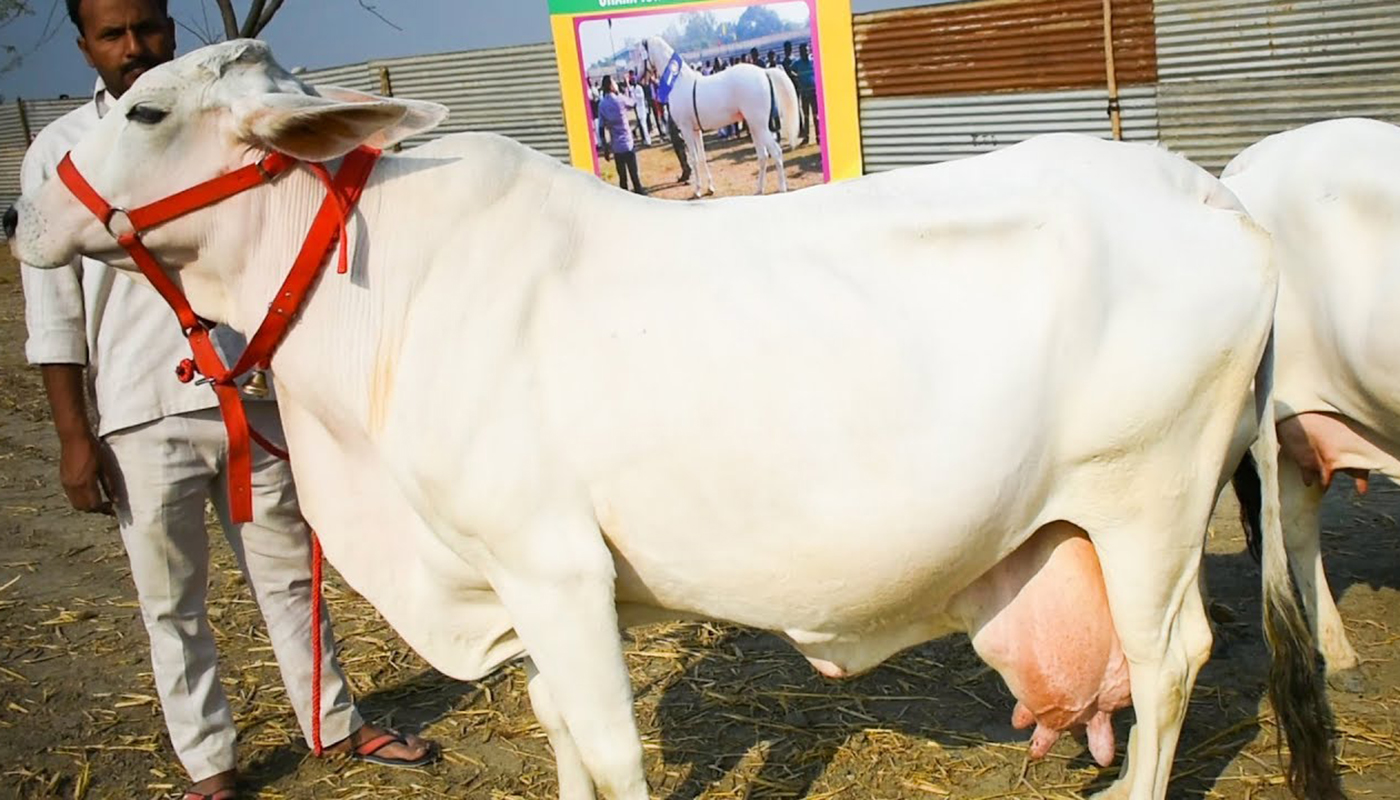 Tharparkar Cattle Breed – Everything You Need to Know
Tharparkar Cattle Breed – Everything You Need to Know Brahman Cattle Breed – Everything You Need to Know
Brahman Cattle Breed – Everything You Need to Know Holstein Cattle Breed – Everything You Need to Know
Holstein Cattle Breed – Everything You Need to Know Alambadi Cattle Breed – Everything You Need to Know
Alambadi Cattle Breed – Everything You Need to Know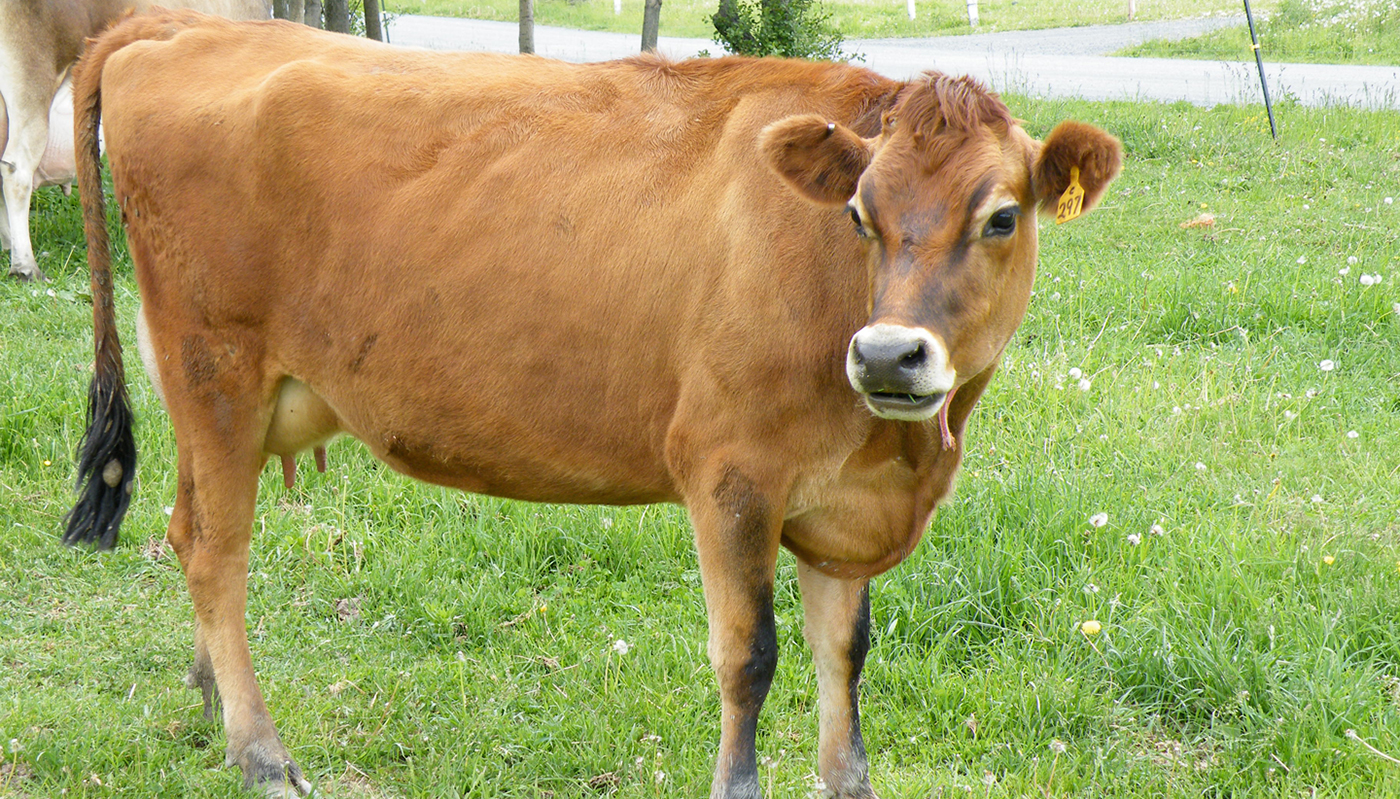 Jersey Cattle Breed – Everything You Need to Know
Jersey Cattle Breed – Everything You Need to Know Spanish Fighting Bull – Everything You Need to Know
Spanish Fighting Bull – Everything You Need to Know Dutch Belted Cattle Breed – Everything You Need to Know
Dutch Belted Cattle Breed – Everything You Need to Know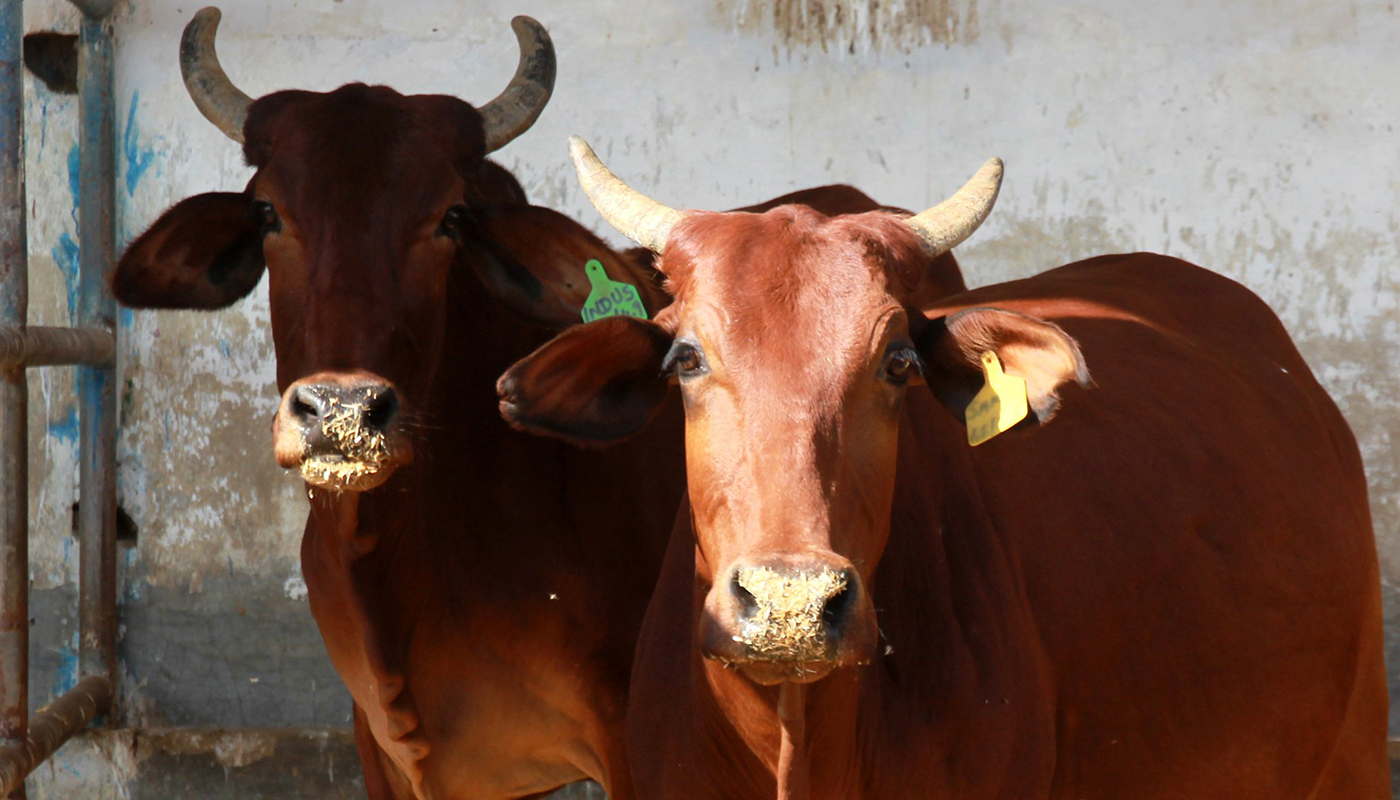 Red Sindhi Cattle Breed – Everything You Need to Know
Red Sindhi Cattle Breed – Everything You Need to Know Beefalo Cattle Breed – Everything You Need to Know
Beefalo Cattle Breed – Everything You Need to Know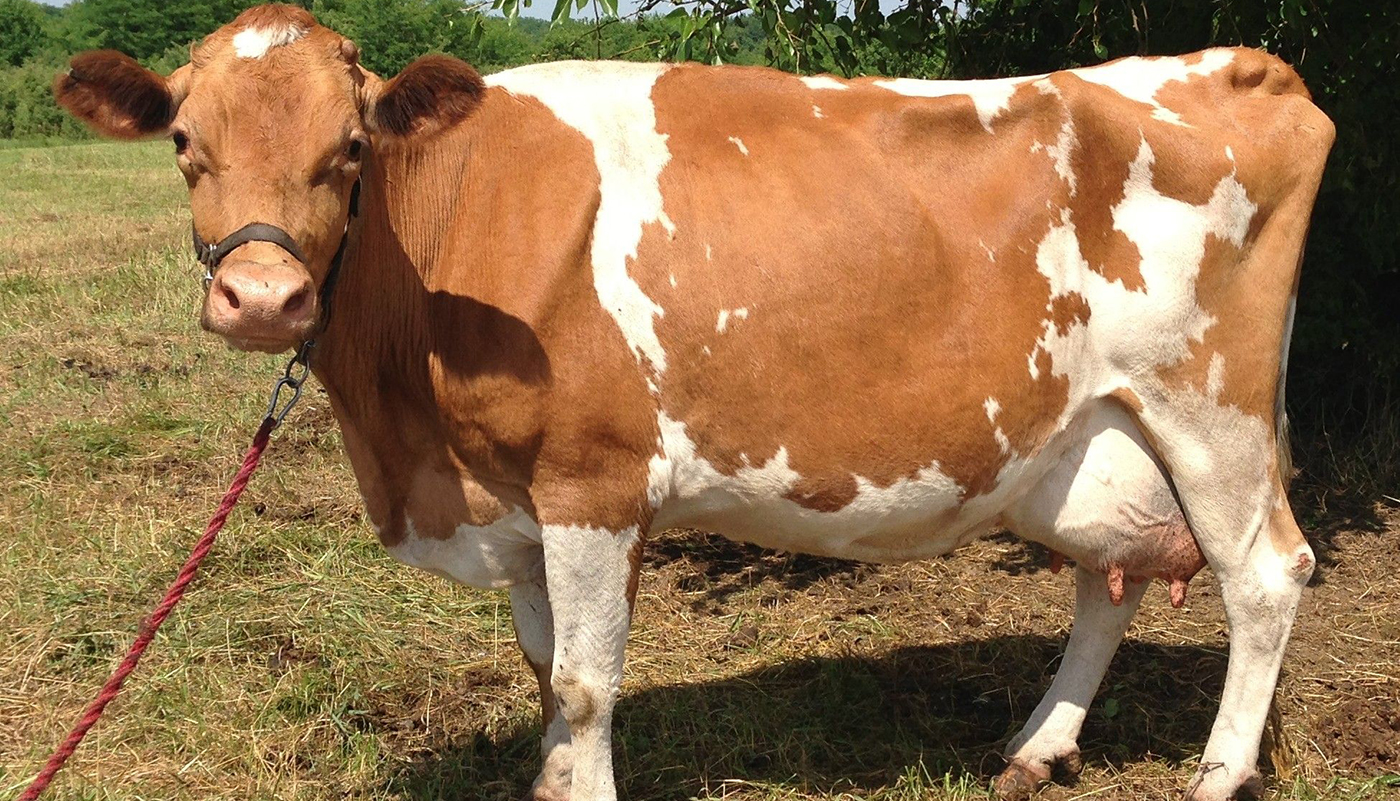 Guernsey Cattle Breed – Everything You Need to Know
Guernsey Cattle Breed – Everything You Need to Know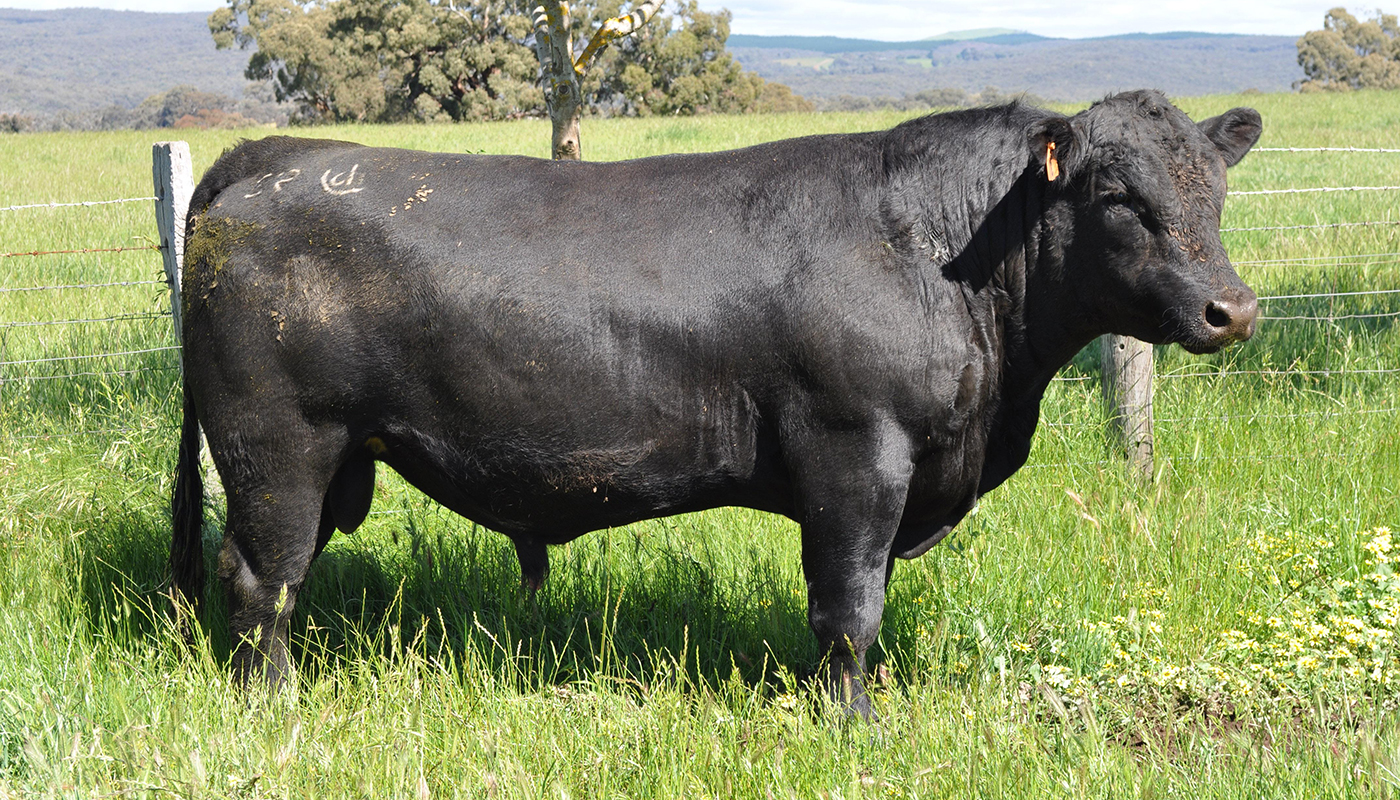 Angus Cattle Breed – Everything You Need to Know
Angus Cattle Breed – Everything You Need to Know Blonde d’Aquitaine Cattle Breed – Everything You Need to Know
Blonde d’Aquitaine Cattle Breed – Everything You Need to Know